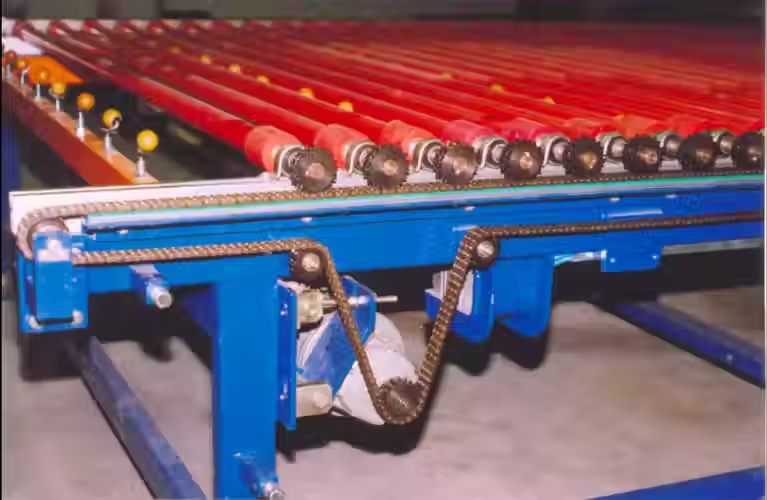Pneumatically Elevating Stepper Feeders System Manufacturers
- Jaswanth srinivas
- Sep 19, 2024
- 2 min read
Pneumatically Elevating Stepper Feeders System Manufacturers
In the dynamic world of manufacturing, the need for precision, efficiency, and automation is paramount. One of the most innovative solutions addressing these requirements is the pneumatically elevating stepper feeders system. This advanced technology is transforming production lines by optimizing material handling processes and enhancing overall operational efficiency.
What is a Pneumatically Elevating Stepper Feeders System?
A Pneumatically Elevating Stepper Feeders System Manufacturers combines pneumatic power with stepper motor technology to provide precise and adjustable material feeding. This system is designed to handle and transport materials in a controlled and efficient manner, making it ideal for industries that require high accuracy and reliability in their production processes.
Key Features and Advantages
Precision and Accuracy: The integration of stepper motors ensures that the material is fed with exceptional precision. Stepper motors provide exact control over the feed rate, reducing the risk of errors and ensuring consistent quality.
Adjustable Elevation: The pneumatic elevating mechanism allows for adjustable height settings, accommodating different material sizes and production requirements. This flexibility is crucial for industries with varying product specifications.
Enhanced Efficiency: By automating the feeding process, the system reduces manual labor and operational downtime. This leads to a significant increase in production speed and overall efficiency, helping manufacturers meet their output targets.
Reduced Maintenance: Pneumatic systems generally require less maintenance compared to mechanical systems. The absence of moving parts that are prone to wear and tear translates to lower maintenance costs and increased system longevity.
Versatility: Pneumatically elevating stepper feeders are versatile and can handle a wide range of materials, including powders, granules, and small components. This makes them suitable for various industries such as pharmaceuticals, food and beverage, and manufacturing.
Applications in Different Industries
Pharmaceuticals: In the pharmaceutical industry, precision and cleanliness are critical. Pneumatically elevating stepper feeders ensure that materials are accurately dispensed and transported, maintaining the integrity of the product.
Food and Beverage: For food processing and packaging, hygiene and efficiency are essential. The system’s ability to handle different materials with adjustable height settings makes it an invaluable tool in this sector.
Manufacturing: In manufacturing, the ability to automate material feeding enhances productivity and reduces labor costs. The system’s precision ensures that components are fed accurately into production lines, improving overall operational efficiency.
Installation and Maintenance
Installing a pneumatically elevating stepper feeders system typically involves setting up the pneumatic components, stepper motors, and control systems. Proper calibration and testing are essential to ensure optimal performance. Maintenance involves routine checks of the pneumatic system and stepper motors to ensure smooth operation. Regular maintenance helps prevent potential issues and extends the system's lifespan.
Conclusion
The pneumatically elevating stepper feeders system represents a significant advancement in material handling technology. Its combination of pneumatic power and stepper motor precision offers unparalleled efficiency, accuracy, and versatility. By automating the feeding process, industries can achieve higher productivity, reduce labor costs, and maintain consistent product quality. As manufacturing continues to evolve, adopting such innovative technologies will be key to staying competitive and meeting the demands of modern production environments.
For businesses looking to enhance their manufacturing processes, investing in a pneumatically elevating stepper feeders system could be the game-changer needed to drive efficiency and precision to new heights.




Comments